Stay Ahead of the Curve
Latest AI news, expert analysis, bold opinions, and key trends — delivered to your inbox.
Former Brex COO who now heads unicorn fintech Figure says GPT is already upending the mortgage industry
4 min read Lending startup Figure announced today a rollout of AI tooling to make the home lending process more efficient. The company will be launching an AI tool powered by GPT-4 to help catch errors in lending documents. September 27, 2024 10:04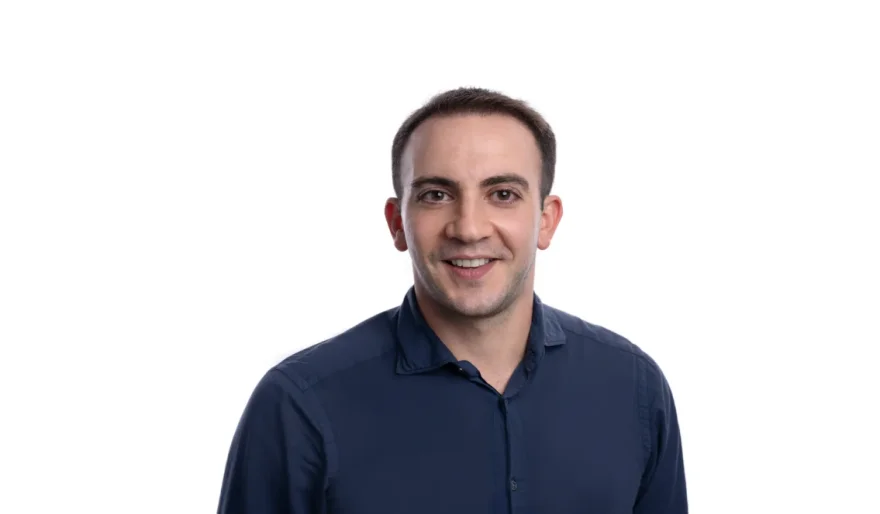
Figure, founded in 2018, specializes in helping consumers secure home equity lines of credit. The company touts that its all-online process condenses a normally 45-day process to five. More than half of Figure’s business is B2B, where it’s embedded in companies like solar panel loan company GoodLeap.
The company, which has raised over $1.5 billion and was last valued at around $3 billion, according to PitchBook, is now making a push into AI — a strategy heralded by new CEO Michael Tannenbaum, who left his station as COO at Brex to join the firm. “I thought that this was something that could really transform the way that fintech businesses work,” he said of his move.
The key AI product he’s pushed for is to help with “stare and compare” instances in the lending process. He gave the example of a property-level description, which is a unique description of the asset that has to be exactly the same on many of the legal documents. Traditionally, a human would have to look through over 60 pages to ensure the description is the same. Tannenbaum said their new feature massively decreases the manual labor and time it takes to verify the documents. It’s an example, he said, of AI “taking costs out of complex processes.”
Given the personal information in loan applications, the company had to go back and forth with OpenAI to make sure their privacy agreement was ironclad and “that the models were not being trained on our customer data in a certain way,” he said.
Although the feature runs on GPT-4, Ruben Padron, chief data officer, emphasized that the company made it a priority to build model-agnostic systems. “We’re constantly testing and evaluating different models as they come out, and almost weekly, or sometimes daily,” he said. Their systems “offer us a lot of flexibility to allow us to quickly and dynamically pivot to whatever vendor is offering the highest performance.”
Padron sees many more AI offerings in Figure’s future, emphasizing that the more they can automate the lending application process, the less chance for error or bias. “We’re really trying to lower the cost, eliminate the manual work, reduce the bias,” Padron said. “It’s very much a journey. It’s not a destination.”
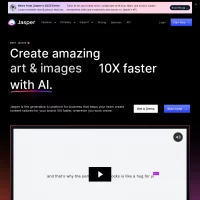
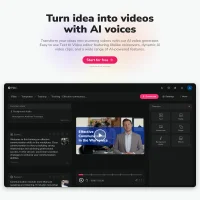
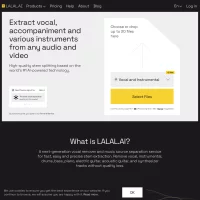
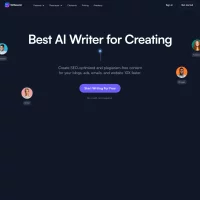
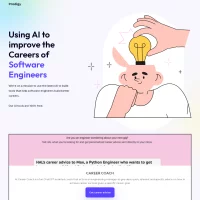

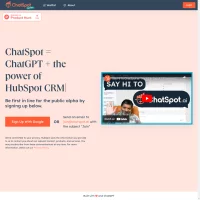


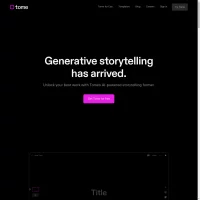
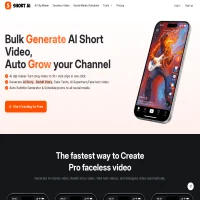
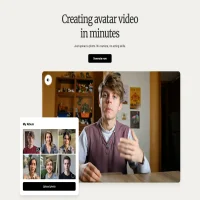

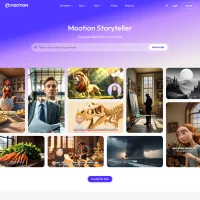
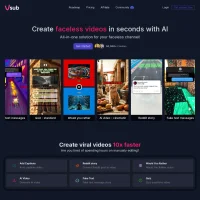
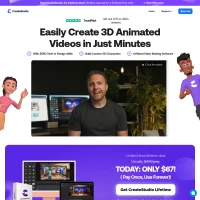

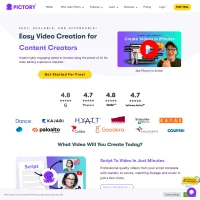

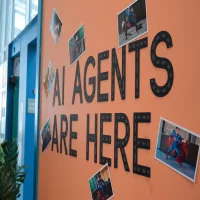 AI Agents
AI Agents